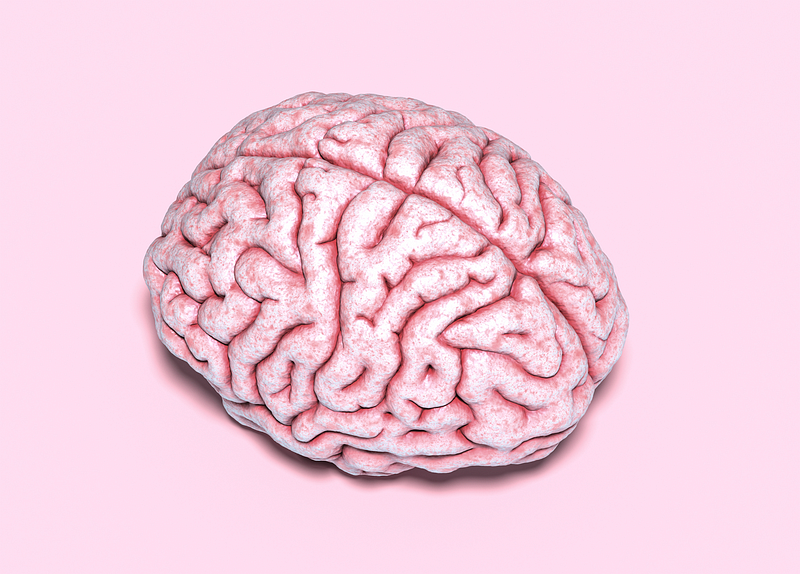Understanding Evolutionary Mismatch: How Our Stone Age Brain Affects Health
Written on
Chapter 1: The Stone Age Brain in a Modern World
In moments of sweet temptation, like reaching for a candy bar, it's worth reflecting on the instincts inherited from our ancestors. These early humans developed behaviors such as hoarding sugary fruits during periods of scarcity, and remarkably, these instincts still influence us today. Despite the drastic changes in our environment over the millennia, our brain's wiring remains fundamentally unchanged.
This phenomenon, known as evolutionary mismatch, is a focal point for psychologists studying contemporary human behavior. Glenn Geher, a professor of evolutionary psychology at the State University of New York, New Paltz, explains, "Our brains are designed for specific conditions, but our current environment doesn't align with those conditions." He emphasizes that we essentially navigate modern life with Stone Age brains.
Geher's journey into the realm of evolutionary psychology began during his PhD studies in social psychology. A guest speaker's insights illuminated the relevance of evolutionary concepts in understanding social behavior, leading Geher to view all human actions through this lens. His current research centers on evolutionary mismatch and its implications for health.
I had a conversation with Geher about how this concept manifests in today's society, strategies for healthier behaviors, and the prospects of our brains adapting to modern times.
Section 1.1: Defining Evolutionary Mismatch
Geher elaborates: "Every species evolves under specific conditions, and a mismatch occurs when those conditions change significantly over time, particularly when the organism is subjected to the new environment for an extended duration." He draws a parallel to monkeys, which were once confined to small cages in zoos, causing them to suffer due to their social and spatial needs not being met.
Humans, too, find themselves in a similar predicament today. Geher highlights that technological advancements have outpaced our organic evolution, with agriculture marking a significant shift around 10,000 years ago. Historically, processed foods were nonexistent in the human diet, and the sweetest available options were natural fruits. Yet today, at a birthday party, kids are more likely to choose sugary treats over wholesome fruits, demonstrating our brains' inclination toward instant gratification.

Section 1.2: The Link Between Mismatch and Obesity
Geher points out the direct connection between evolutionary mismatch and the rising obesity epidemic. Our ancestors thrived on high-calorie foods during times of scarcity, developing a strong preference for such items. In our current environment, however, we can indulge in unhealthy options without facing the natural limitations our ancestors did.
He cites Type 2 diabetes as a prime example, labeling it a "disease of civilization." Our brains are wired to crave sugar, which is now readily available, leading to detrimental health outcomes. As technology progresses, our brains struggle to comprehend the consequences of these changes.
Chapter 2: Adjusting Our Behaviors for Better Health
Description: In this TEDx talk, Johnny Luk explores how understanding our Stone Age brain can enhance our resilience in modern life.
Geher suggests that recognizing the concept of evolutionary mismatch can serve as a starting point for better health choices. After grasping this idea in his thirties, he transformed his diet to prioritize natural foods, achieving remarkable health benefits. By adopting a mindset that disregards processed foods, he has maintained a healthier lifestyle.
Section 2.1: The Social and Mental Health Implications
Another significant consequence of mismatch is loneliness. Our ancestors lived in small nomadic groups, fostering close bonds and a sense of community. However, in today's urban environments, individuals often find themselves surrounded by strangers, which can lead to feelings of isolation.
Moreover, technology such as cell phones has altered the way we connect, allowing for self-presentation that was previously unattainable. This can exacerbate feelings of loneliness, particularly when navigating vast social networks without the depth of real-world connections.
Description: Douglas T. Kenrick discusses solving contemporary issues through the lens of our Stone Age brain in this audiobook preview.
Section 2.2: The Future of Our Evolved Minds
Geher delivers a sobering insight regarding the future of our brains in relation to technology. He asserts that our cognitive evolution has remained relatively static while technological advancements continue to escalate. The gap between our evolutionary processes and the rapid pace of technological change is significant, requiring thousands of generations for adaptation.
He uses the analogy of deer, which have not evolved to navigate the dangers posed by cars, highlighting the slow pace of evolutionary change. Similarly, humans face challenges as our brain's preferences clash with modern realities.
Section 2.3: A Vision for Evolutionary Psychology and Health
Despite the challenges posed by evolutionary mismatch, Geher remains hopeful about the future of evolutionary psychology and public health. He advocates for a greater understanding of our evolved nature, which could inform better health policies and decisions.
Geher envisions a potential federal office dedicated to human implications, similar to the FDA, where experts in evolutionary science could address the flaws in technology before they impact the public. With the evolution of human science, there is a possibility for formalized approaches to guide healthier decisions that consider our inherent nature.